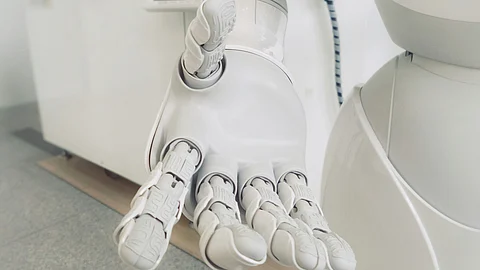Out of the three robotic systems, one is funded through corporate social responsibility (CSR) whereas the other two comes under the public-private partnership (PPP). The robotic systems obtained under public-private partnership is planned to be installed at Shadabti hospital.
The initiative was announced to the public by Prof. Abhinav Arun Sonkar, head of the surgery department in King George's Medical University, Lucknow on Monday.
'Make in India' initiative which was launched worldwide in September 2014 as a part of India's renewed focus on manufacturing has produced numerous innovations with the aim to promote the country as a global manufacturing destination. One of the notable products from this initiative is the "SSI Mantra" surgical robot which was developed by renowned cardiac surgeon Dr. Sudhir Srivastava. He was able to revolutionize the Indian medical sector through his pioneering works in robotic procedures. Compared to the surgical robots developed in other developed nations, SSI Mantra provides highly precise robotic system at a much affordable cost.


